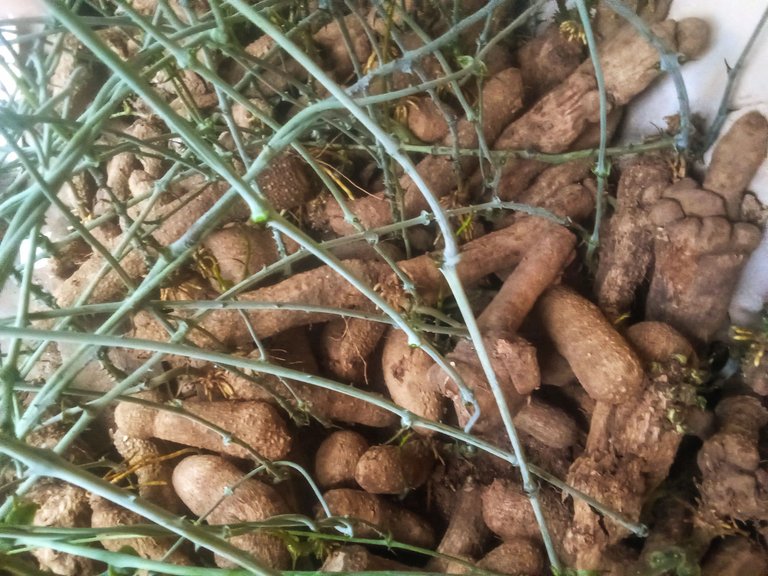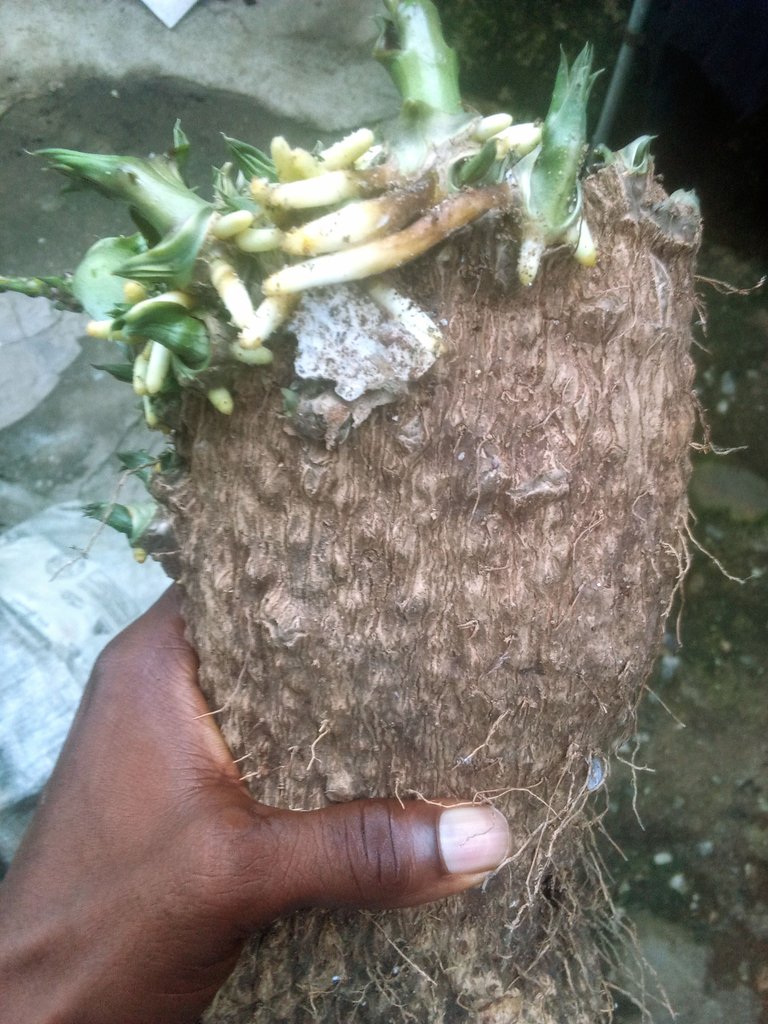
Yam farming is more than just agriculture in Nigeria and many parts of Africa—it is a way of life. For generations, farmers have relied on yam as a staple food and a source of income, feeding families and sustaining communities. But to truly succeed in yam farming, one of the most important decisions a farmer can make is choosing the right seedlings. The quality of yam seedlings determines how well the plants will grow, how bountiful the harvest will be, and whether the effort and hard work put into farming will be worth it.
Imagine putting months of effort into your farm, only to end up with poor harvests because of bad seedlings. It can be heartbreaking. That is why farmers must take the time to select healthy, strong, and disease-free seedlings. A good yam seedling should be free from rot, pests, or strange spots that might indicate infections. No farmer wants to go through the pain of watching their crops struggle or, worse, fail completely because of poor-quality seedlings.

Size also matters when choosing yam seedlings. If the seedlings are too small or weak, they may not sprout well, leading to disappointment. Medium to large-sized yam tubers are the best choice because they contain enough nutrients to support early growth. In rural communities, elders often pass down knowledge about selecting the best yams for planting, but modern farmers can also benefit from improved farming techniques to ensure success.
The variety of yam a farmer chooses also plays a huge role in success. In Nigeria and West Africa, popular yam varieties include White Yam (Dioscorea rotundata), Water Yam (Dioscorea alata), and Yellow Yam (Dioscorea cayenensis). Each has its strengths, and choosing the right one for the local climate and soil conditions can make a big difference. Some varieties grow faster, while others resist pests and diseases better. Making the right choice can mean the difference between a thriving farm and a struggling one.

Another key factor to consider is the dormancy period of the yam. Some yams need time to rest before they can sprout again. Planting a yam that is not ready can lead to poor growth and wasted effort. Farmers must be patient and ensure their yam seedlings are mature enough for planting. Proper storage and care of seedlings before planting can make all the difference.

The benefits of using quality yam seedlings go beyond just having a good harvest. It means more food on the table, more money in the pocket, and more opportunities for farmers to expand their businesses. Imagine walking into the market with fresh, healthy yams buyers will rush to purchase them, and the farmer’s hard work will be rewarded. On the other hand, poor-quality seedlings can lead to low yields, losses, and frustration.
A good harvest does not just bring financial gain; it brings pride and joy. There is something deeply satisfying about seeing strong, healthy yams grow from the soil, knowing they will nourish families and communities. Quality yam seedlings also help farmers save money in the long run. Instead of struggling to buy new seedlings every season, farmers can keep the best tubers from their harvest for the next planting cycle. This practice ensures sustainability and reduces costs.
Every farmer dreams of a bountiful harvest, but that dream starts with a simple yet powerful decision ,choosing the right yam seedlings. It is a choice that can bring prosperity or hardship. Healthy and high-quality seedlings lead to bigger harvests, stronger plants, and better income. By carefully selecting disease-free, well-sized, and suitable yam varieties, farmers can secure their future, provide for their families, and contribute to food security in Nigeria and Africa. Investing in good seedlings today means a brighter, more successful tomorrow. Let’s make the right choice now.